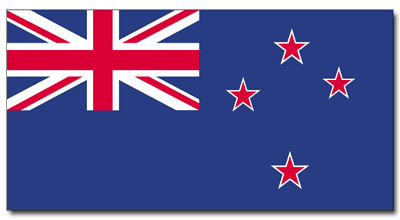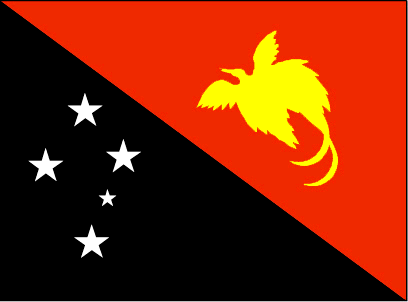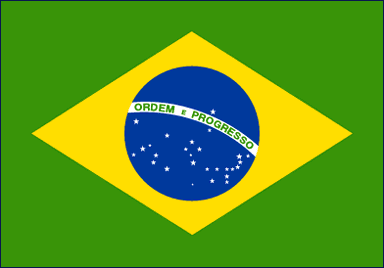 |
| Schematic representation of Southern Cross, the Curx image Globe at Night |
Constellation Crux is visible only in the southern hemisphere and is defined by four stars, Alpha, Beta, Gamma and Delta Crucis shown clockwise in the schema starting from the brightest star at the bottom of the cross. Under optimal conditions also Epsilon Crucis is visible to the naked eye.
Also known as Acrux, Alpha Crucis is a triple star 321 light-years from Earth. Blue-tinged and magnitude 0.8 to the unaided eye, it has two close components of magnitude 1.3 and 1.8, as well as a wide component of magnitude 5. The two close components are divisible in a small amateur telescope and the wide component is divisible in a pair of binoculars.
Beta Crucis, called Mimosa, is a blue-hued giant of magnitude 1.3, 353 light-years from Earth. It is a Beta Cephei-type Cepheid variable with a variation of less than 0.1 magnitudes.
Gamma Crucis, called Gacrux, is an optical double star. The primary is a red-hued giant star of magnitude 1.6, 88 light-years from Earth. The secondary is of magnitude 6.5, 264 light-years from Earth.
Delta Crucis is a blue-white hued star of magnitude 2.8, 364 light-years from Earth. It is the dimmest of the Southern Cross stars. Like Beta it is a Beta Cepheid.
Epsilon Crucis is an orange-hued giant star of magnitude 3.6, 228 light-years from Earth.
Iota Crucis is a binary star 125 light-years from Earth. The primary is an orange-hued giant of magnitude 4.6 and the secondary is of magnitude 9.5.
Mu Crucis is a double star where the unrelated components are about 370 light-years from Earth. The primary is a blue-white hued star of magnitude 4.0 and the secondary is a blue-white hued star of magnitude 5.1. Mu Crucis is divisible in small amateur telescopes or large binoculars.
Wikipedia
Aid in finding the southern celestial pole
An imaginary line drawn through Gacrux and Acrux points towards southern celestial pole. For navigators the constellation has had similar role to Polaris in the northern sky which faithfully points towards the northern celestial pole.
It has been an important aid for finding south ever since the Middle Ages when Portuguese and Spanish sailors learned to know the constellation.
National symbol
Several nations have included the Crux in their flags
 |
| Australia |
 |
| New Zealand |
 |
| Samoa |
 |
| Papua New Guinea |
 |
| Brazil |
The Southern Cross appears also in Brazilian passports issued from 2015 on.
I watched "Zeitgeist" movie and it explained astrotheology thing how Jesus is the Sun dying on the cross of zodiac. So christian symbol is cross and circle in the center of the cross is Sun. But they also besides that mentioned something connected to that cross is Crux. So there is one cross that I understand- cross of the zodiac, but there is other cross- Crux that has some connection with the zodiac cross, but I don't understand it and what is Crux symbolism in astrotheology all about?
ReplyDelete